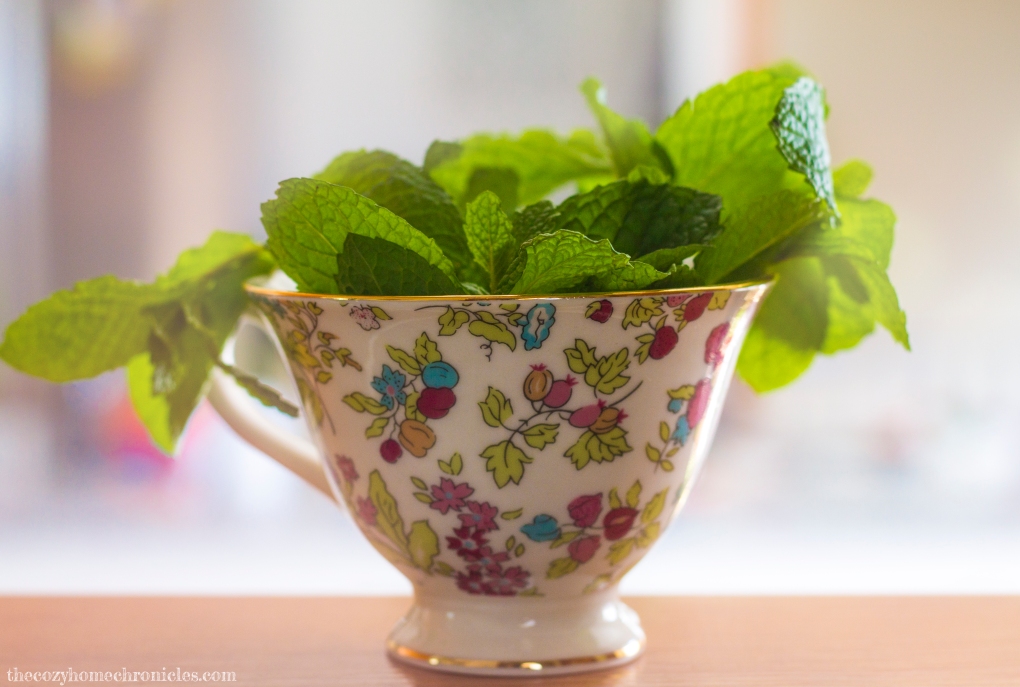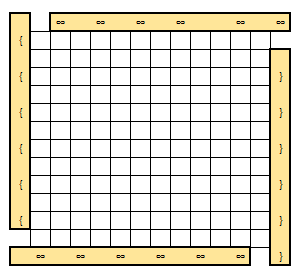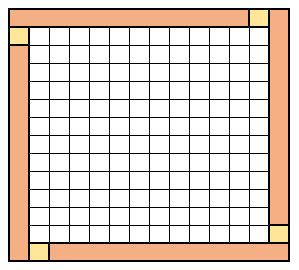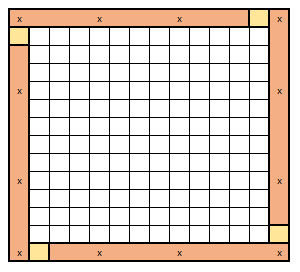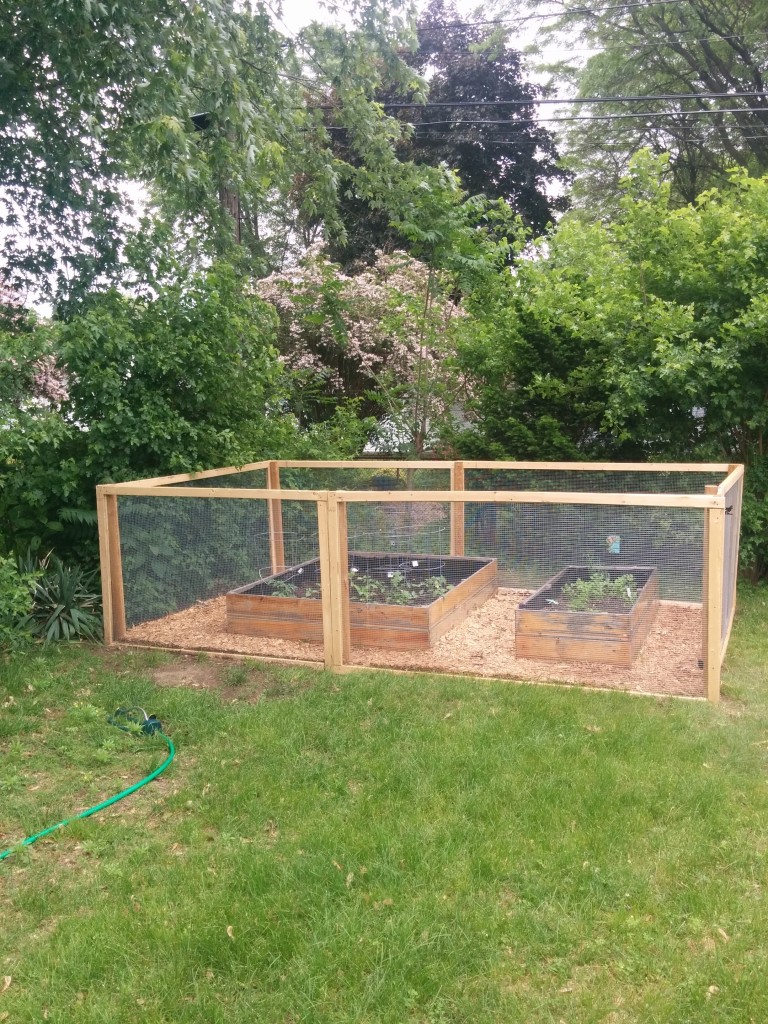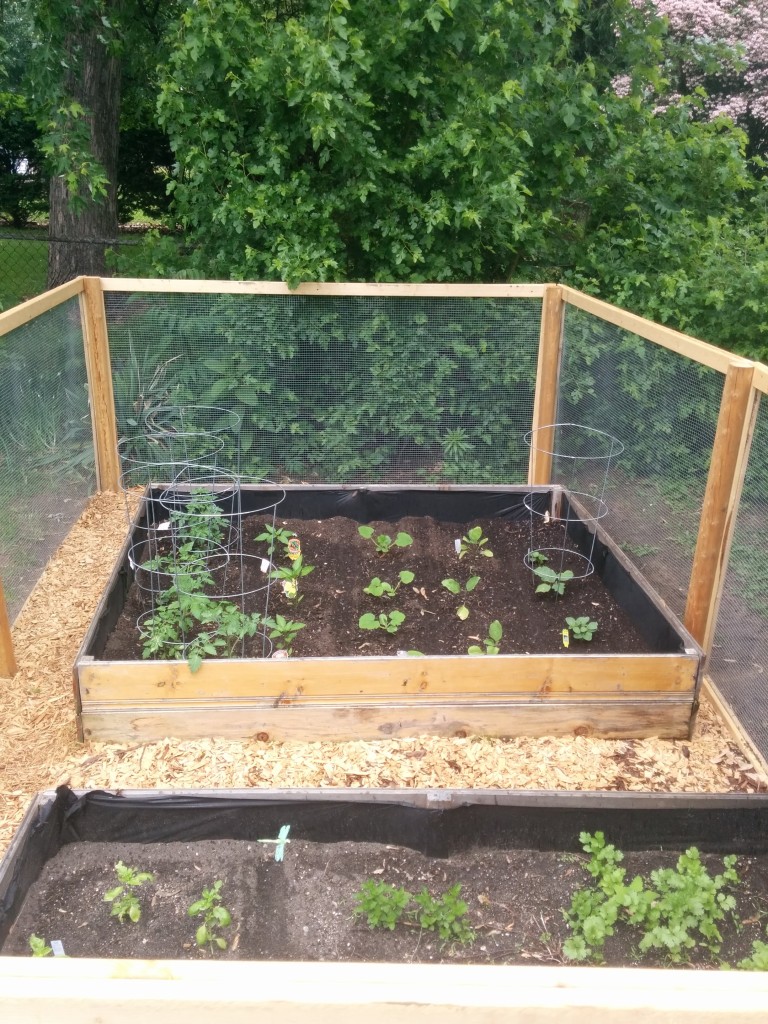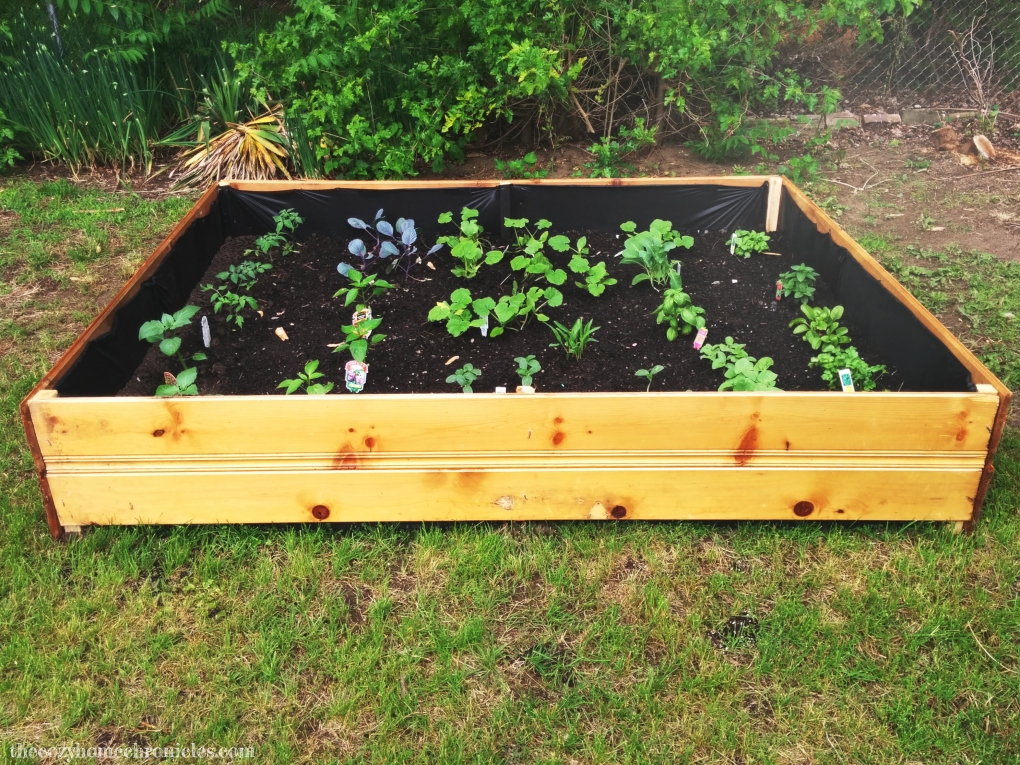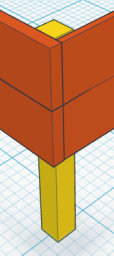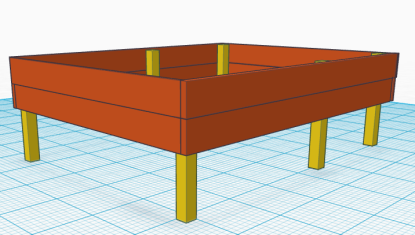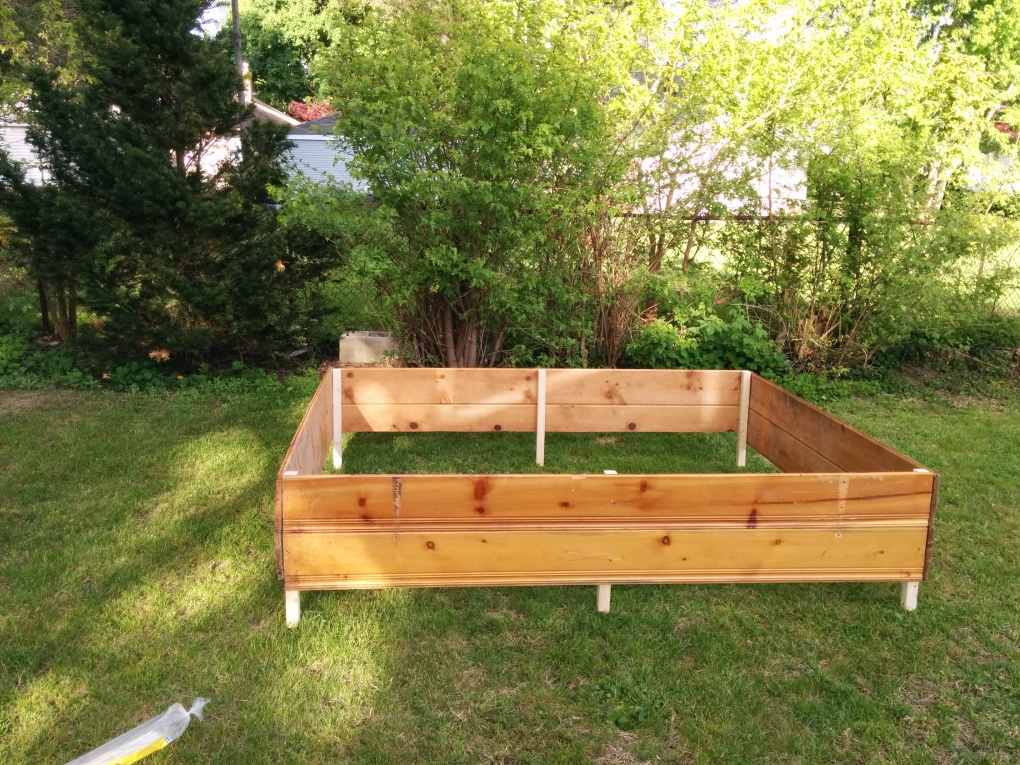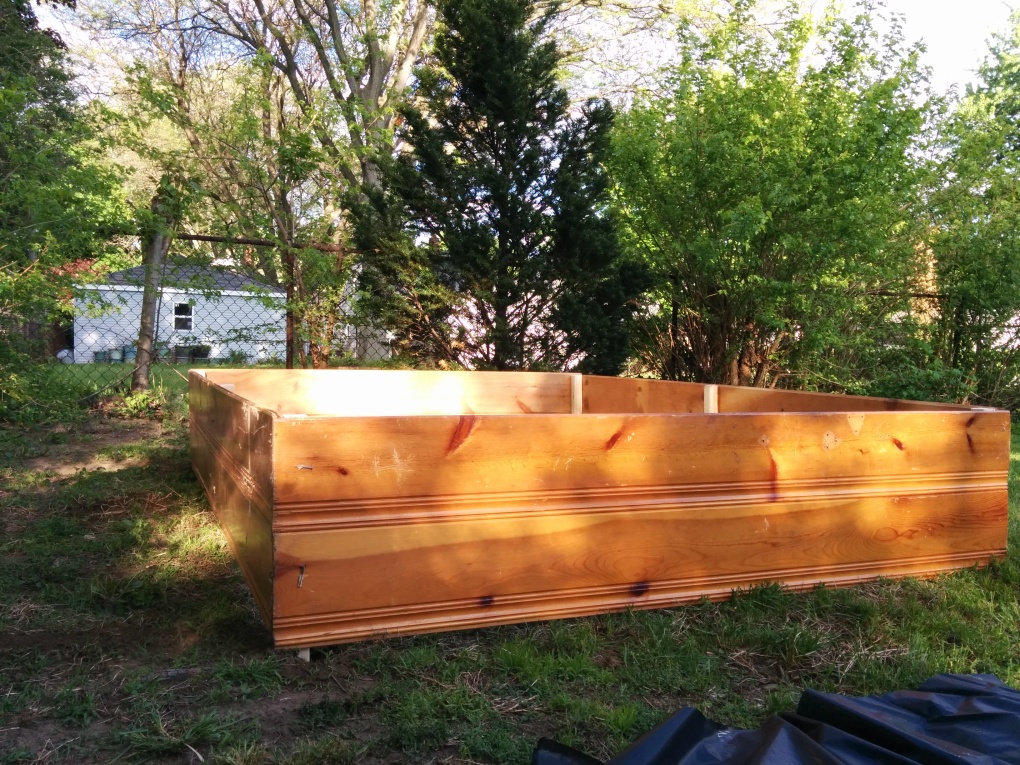To accomplish anything in life, you have to start somewhere. While the commitment to dive right in is necessary, knowing where to begin is arguably the most important part. Whether it’s deciding to tackle your own home renovation or even a simple endeavor such as gardening at home, you have to learn some basics if you want to taste success. Starting a vegetable garden at home is simple; all budding horticulturists need is a decent amount of space and the right materials to start laying the foundations. Before setting up your garden, here are a few things you should know.
 It’s vital to give plants the sunniest spot as possible in your yard. If you live in a place with unpredictable weather then investing in a greenhouse, regardless of the size, may be beneficial. As a benchmark, experts recommend using smaller framed models that feature clip-in glazing systems, as this type of greenhouse can fit in almost any corner of the garden. The wonderful thing about greenhouses is that you’re no longer limited by the weather but instead can grow all year long. If a greenhouse proves to be too tedious, do-it-yourself gardeners can get inspiration from home bloggers on how to build a raised garden bed from scratch. Raised garden beds may not offer protection from bad weather but they do keep away some pests, including weeds.
It’s vital to give plants the sunniest spot as possible in your yard. If you live in a place with unpredictable weather then investing in a greenhouse, regardless of the size, may be beneficial. As a benchmark, experts recommend using smaller framed models that feature clip-in glazing systems, as this type of greenhouse can fit in almost any corner of the garden. The wonderful thing about greenhouses is that you’re no longer limited by the weather but instead can grow all year long. If a greenhouse proves to be too tedious, do-it-yourself gardeners can get inspiration from home bloggers on how to build a raised garden bed from scratch. Raised garden beds may not offer protection from bad weather but they do keep away some pests, including weeds.
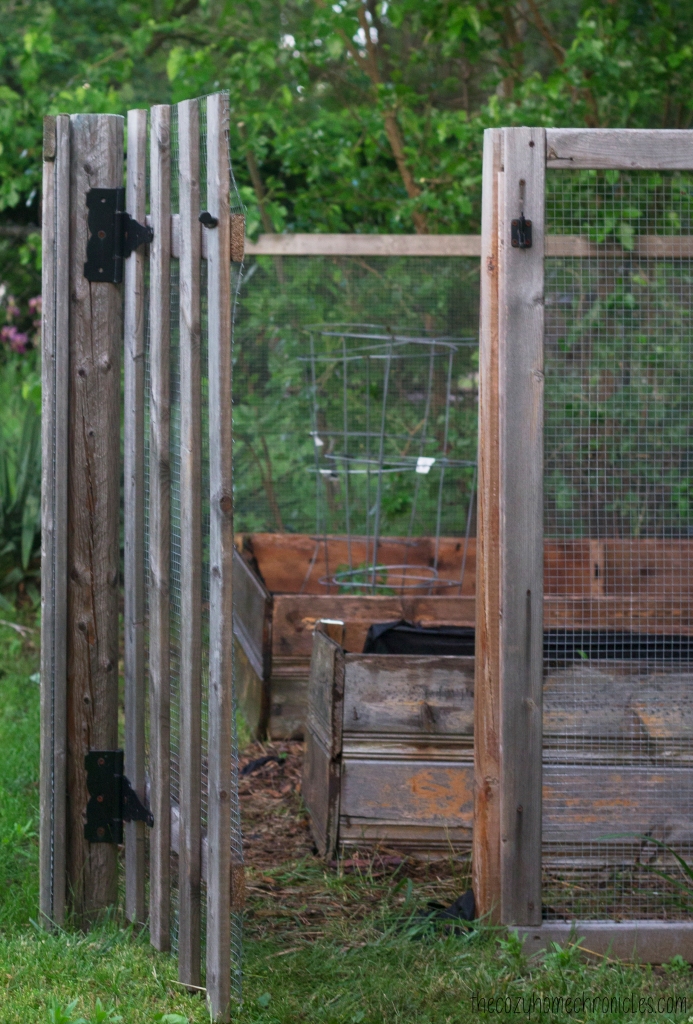
Once you have chosen the location and the material foundation of your garden, you can begin the fun process of planting. Not sure what to grow? The experts over at Thompson and Morgan have a list of the easiest vegetables to grow in your backyard. Of course planting is the easiest part. In order to ensure that you have a successful harvest, you will need to maintain your garden through watering and weeding. By not regularly cleaning your garden, you run the risk of entanglement or, worse, a gradual takeover of your plants. In terms of what to use when trying to get rid of weeds altogether, it’s better to approach this in a non-chemical sort of way by pulling out the roots using a shovel or trowel. On the other hand, if there are persistent wild plants with spreading wiry or deep roots, then there are some natural-based herbicides that can do the trick.

It’s also best to cut the grass around the garden as this will keep your garden looking aesthetically appealing. Tending to long grass and dense flower borders, also reduces any viable areas where pests, such as slugs and snails, can hide and destroy your plants. This upkeep can be easily accomplished using your average lawnmower. By perusing through the extensive list of lawnmowers on Screwfix it’s evident how manufacturers have started to produce lightweight models ideal for the modern day gardener. These cordless mowers are ideal for getting into tight spaces and are easy to maneuver unlike the heavy duty mowers of the past. There are also plenty of eco-friendly electric options for those who want to reduce their carbon footprint.
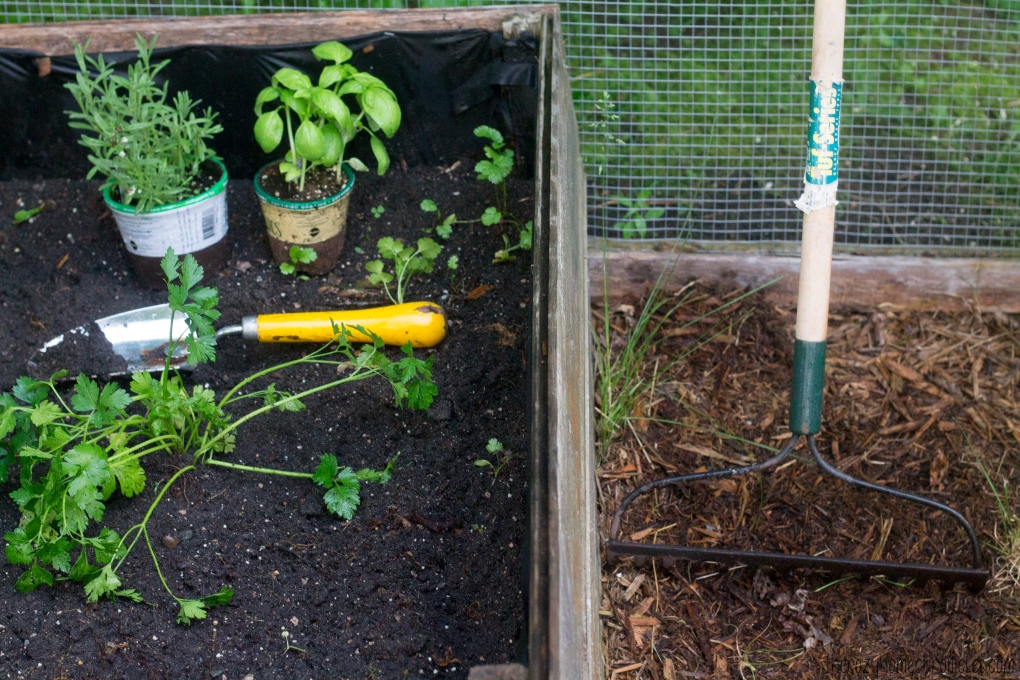
If you want to eliminate that kind of maintenance all together, you can opt to put a pathway made of pavers or woodchips in between your garden beds as suggested by Toby Buckland, a well-known English gardener, TV presenter, and author. For more gardening advice, including ideas about what to plant, check out his beginner’s guide in The Telegraph. The more you know, the easier it will be to dig right in. Happy Gardening!

If you liked this post please follow us and share!


















